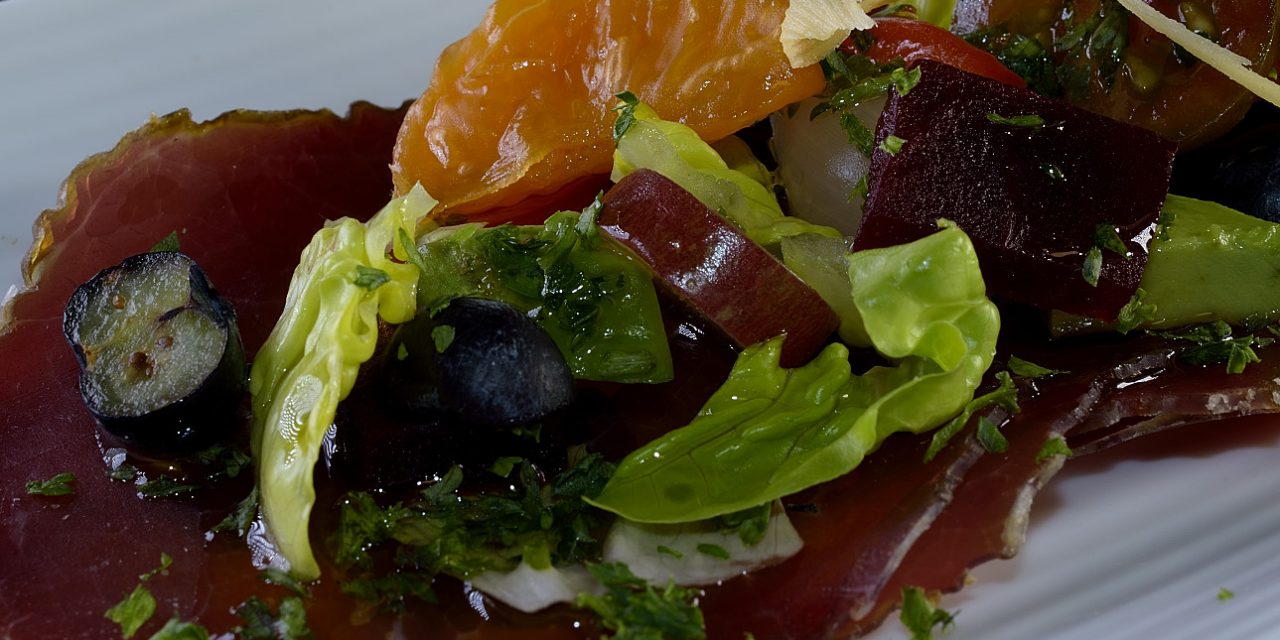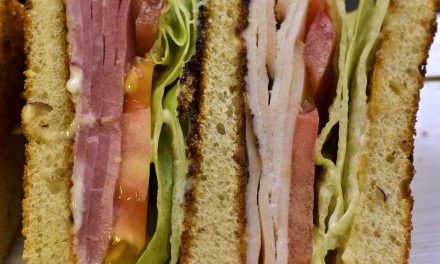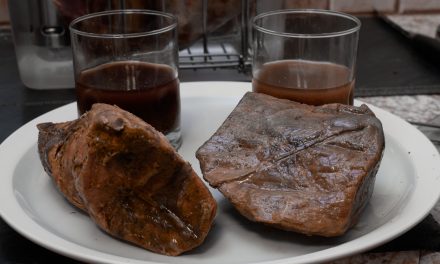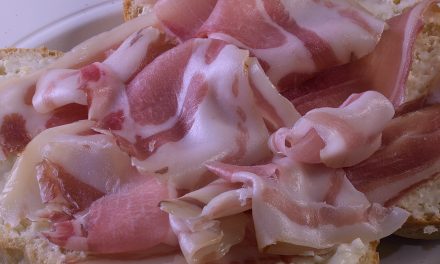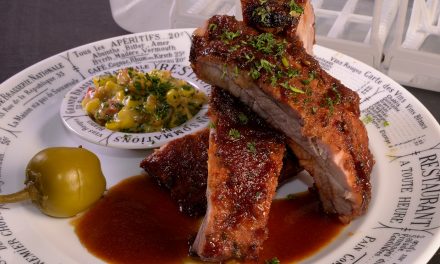Beginnings

People seem surprised when I start expounding on something other than sous vide. My identity is so closely associated with the technology that I can hardly post a picture of a piece of toast without somebody asking me for the “time and temperature?” But when I came upon sous vide (or it came upon me) in about 1990, I had already been running the restaurant gamut for 20 years. For most people, that’s an entire career. For me, it was just the first few chapters.
Just a tiny bit of history
Long before refrigeration, long before Pasteur was even a twinkle in his father’s eye, people were using sodium compounds to preserve meats. Ancient cultures had stumbled backwards upon the anti-bacterial benefits of salt (NaCl) and the tiny bit of sodium nitrite (NaNO2) and sodium nitrate (NaNO3) that naturally occurred in it. Application of small amounts also prevented botulism. The salty amalgam reduced the water content of proteins, minimizing time/temperature driven autolytic decay–your basic non-bacterial spoilage. Over the centuries, charcuterie developed cross-culturally as its own free standing category in food preparation.
Then in the late 60’s, allegations surfaced claiming that sodium compounds were somehow harmful and even linked to cancer in lab rats. The premature assertion was promptly debunked by scientists but it was too late. The seed had been planted in consumers’ overreactive minds that cured meats were sinful. As demoralizing as this was, the public didn’t just stop indulging in bacon and ham–we did, however, come to feel extremely guilty about eating it. Salt was promptly banished from the dinner table. As it turned out, the panic was ill founded, but If you are one of those people who is still anxious about the use of sodium nitrite (NaNO2) and sodium nitrate (NaNO3), visit HERE for some more detailed information.
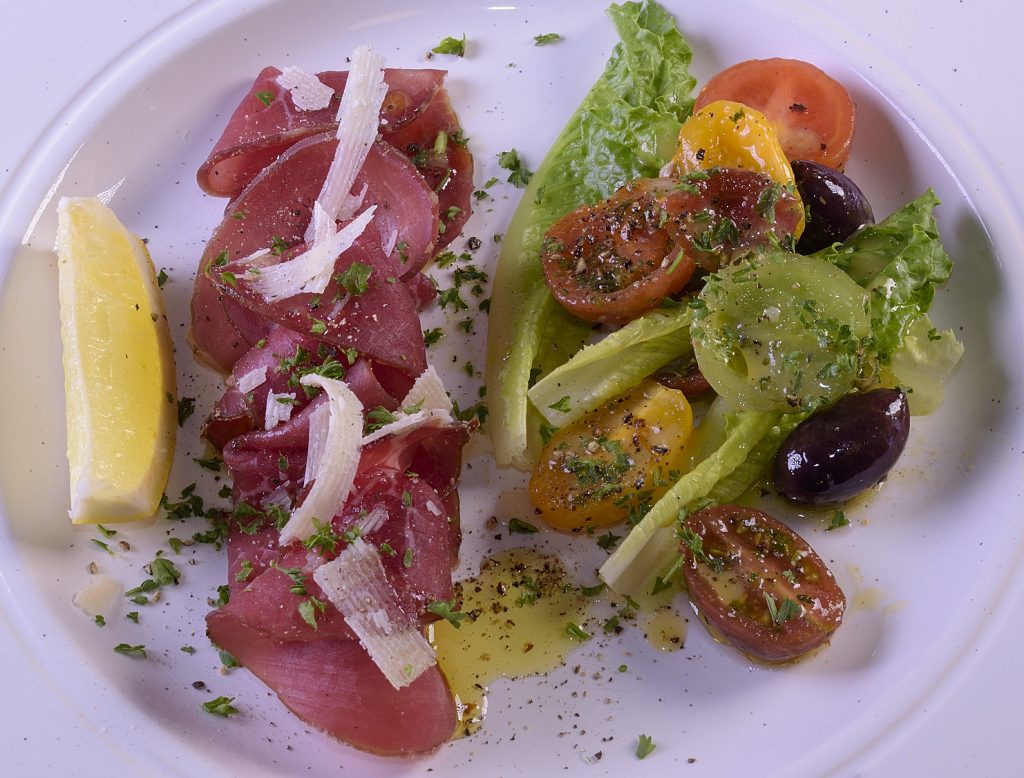
Curing and dry aging came to be considered tricky and even mysterious. For chefs, making their own bacon or ham was unthinkable, if they even had a clue how it was actually done. The industry became monopolized by secretive specialty butchers and conglomerate “lunchmeat” producers. In order to reassure salt-wary consumers, they began to deftly apply “low sodium” stickers to their otherwise overly processed products. Of course, this was not the result of recipe refinement but as a marketing strategy. Even so, it freed us from our guilt and we moved on to worrying about margarine and spotted owls.
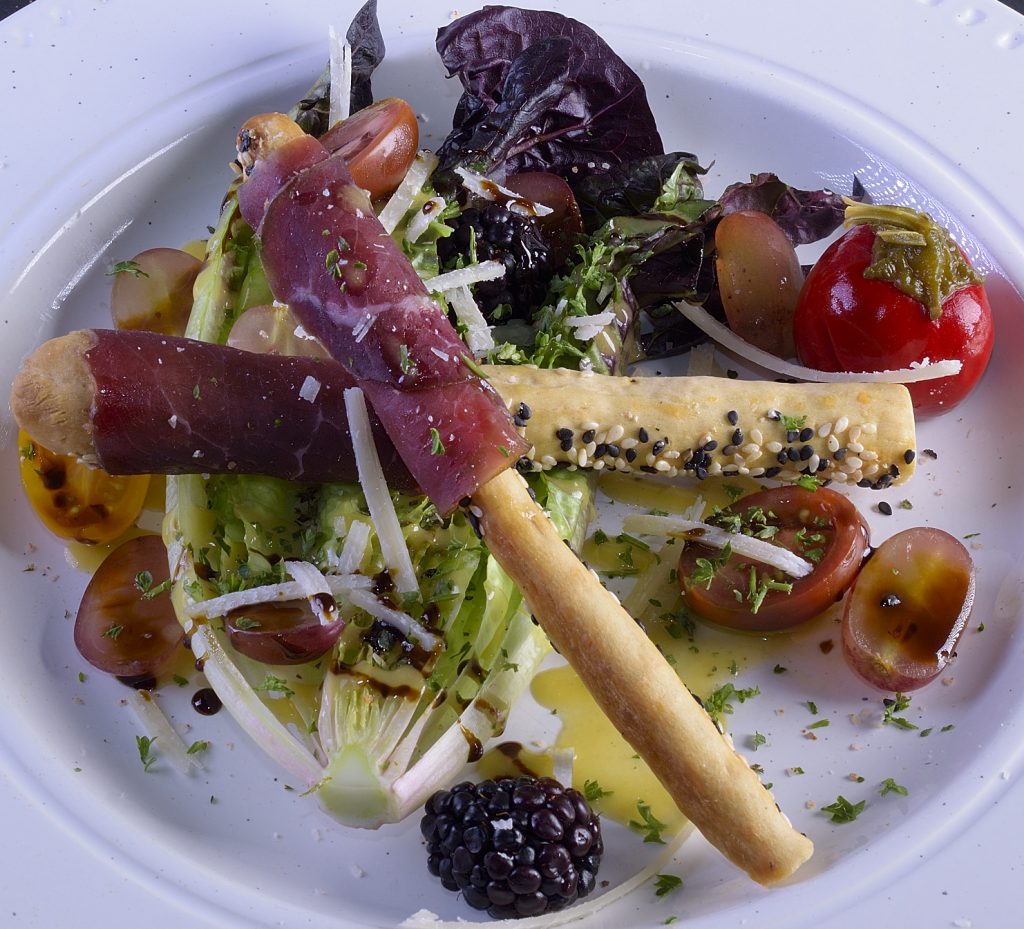
Fast forward to more reasoned sensibilities?
Nowadays there is a renewed interest in the profound artistry of meat curing, especially among the BBQ/Pitmaster crowd. The process is easy–it is ancient, after all. But it does greatly benefit from accurate measurement of the sodium compounds. Done properly and scientifically, anyone can create a product that is safe to consume while still being less salty than a lot of the stuff in the butcher’s case.
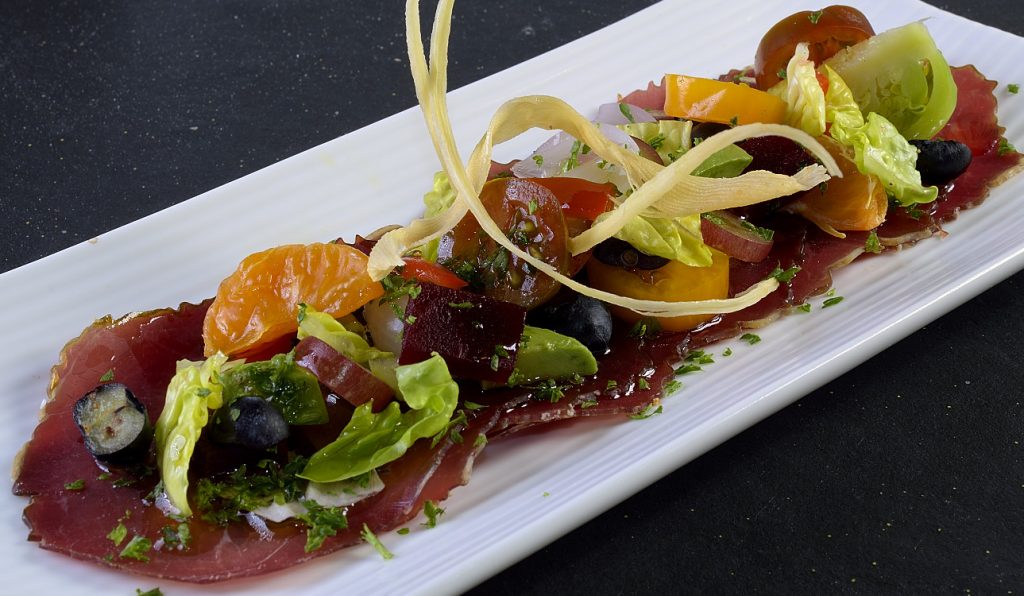
Time to meet the meat
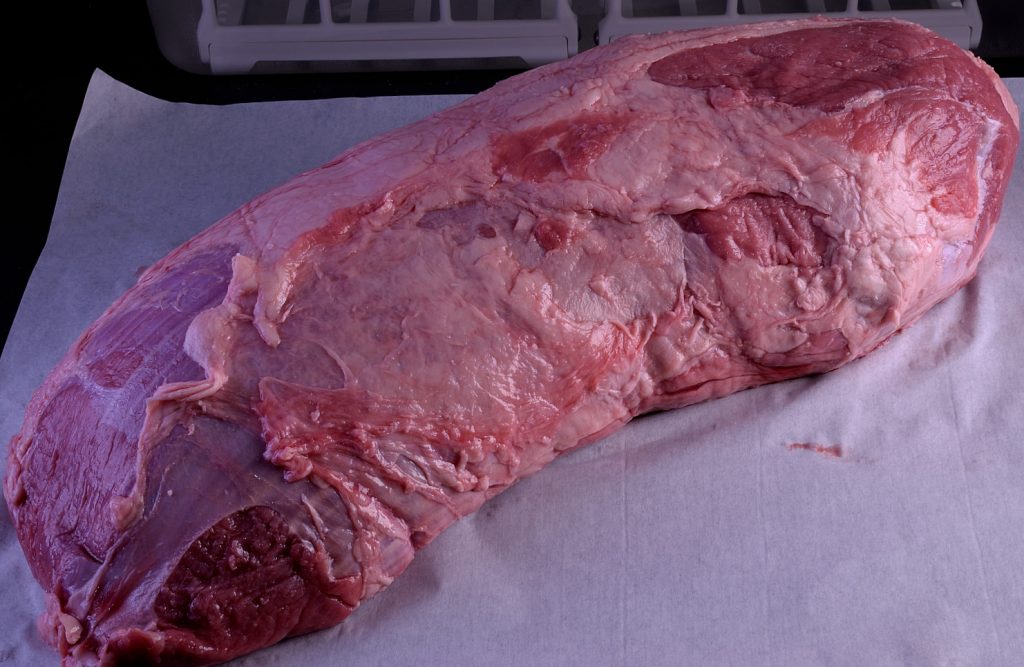
The eye of round is very lean and very very tough. When cooked, even using sous vide, it has a tendency to come out dry and rather mealy. For bresaola, it’s perfect.

You can do this
Dry (eq) cure formulae
There are many dry curing formulae, but you can’t just fake the amounts until you get it right. Nitrites and nitrates are purchased in the form of a product called “Prague powder.” It is also commonly referred to as “pink salt,” but it is not to be confused with the Himalayan novelty salt used for decorative seasoning.
While there is some latitude as to how much Prague powder #1 or #2 is used to create the cure, excessive amounts of nitrites–and even salt itself–can be toxic. Prague powder cannot be used by itself as a seasoning. #1 is mixed with a certain amount of kosher (non-iodized) salt and used to cure products that are going to be cooked like city ham and breakfast sausage. #2 is also mixed with kosher salt and is used for products that are going to be dried like prosciutto, capicola, bresaola, etc. Measured by weight, the kosher salt should amount to 3% of the total weight of the protein sample. Prague #1/#2 should amount to .25% of the total weight of the protein sample. Gram scales are available at a reasonable price and are highly recommended for a variety of culinary functions.
While being less precise, the amount of cure required can also be calculated on the basis of volume. This basic formula will give you a sort of “minimalist” middle of the road curing effect–strong enough to provide the antibacterial benefit and the desired hue without creating a product that is overly salty:
- 8 measured Tablespoons of Kosher salt–140 grams.
- 4 measured Tablespoons of sugar–50 grams
- 1 measured Tablespoon of Prague powder–14 grams.
This recipe is enough to cure 13 lbs. of meat–pork belly, sausage, city ham, etc. Logically, if you want to cure less than that, use 1 measured Tablespoon per lb. of meat–about 16 g. The curing process requires at least 4 days to travel 1 inch from surface towards the center in solid cuts of meat–if your pork shoulder is 6” thick, you should allow it to cure for at least 12 days to complete that part of the process. When making sausage, the curing effect is instantaneous. Other commonly used ingredients like peppercorns, garlic powder, juniper berries, etc. are safe to add but do not contribute to the curing effect. I apply them to the meat separately so as not to upset the balance of cure to meat. BTW, according to the science, herbs and spices are unable to penetrate the surface of the meat.
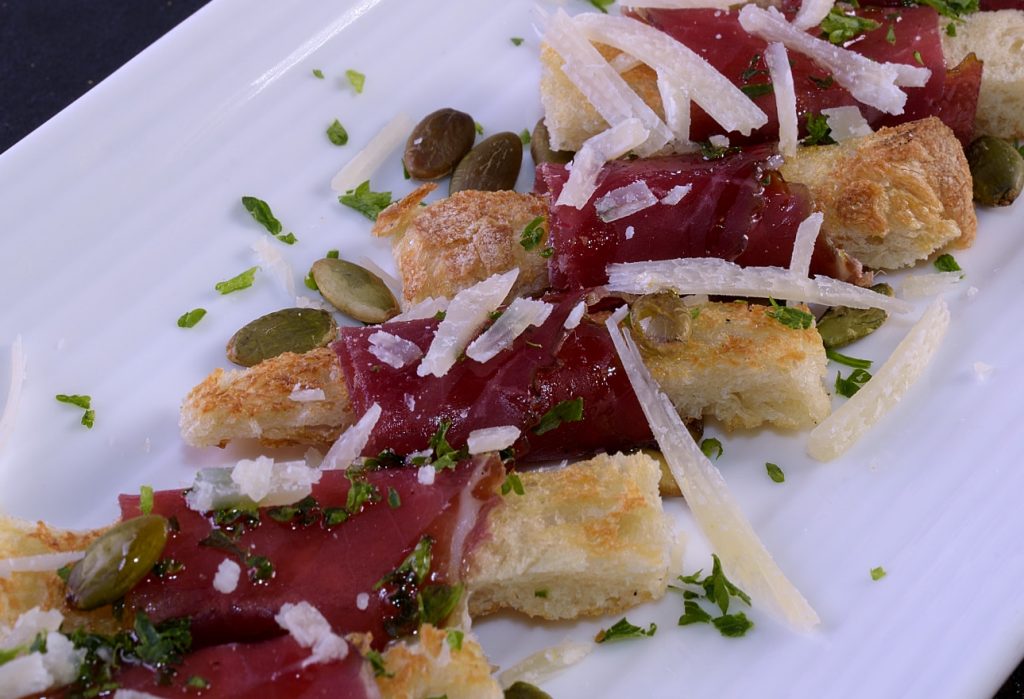
Remove all the fat and gristle, cut it in half and cure as explained above for 14 days in a generic plastic bag–sealed but NOT vacuumed. Remove the meat from the bag, rinse off excess cure and pat dry. We then loaded each piece into one of those special curing bags now available on line. We applied the vacuum, staged into a Lipavi wire rack and cured in the ventilated crisper of our home refrigerator for 45 days. The waiting is always the hardest part. There are reasons that we did not apply extra seasoning to the surface. Sous vide enthusiasts who are familiar with my work have seen the scientific documentation explaining just what can penetrate the surface of proteins and what cannot. We discuss that in great length HERE and HERE.
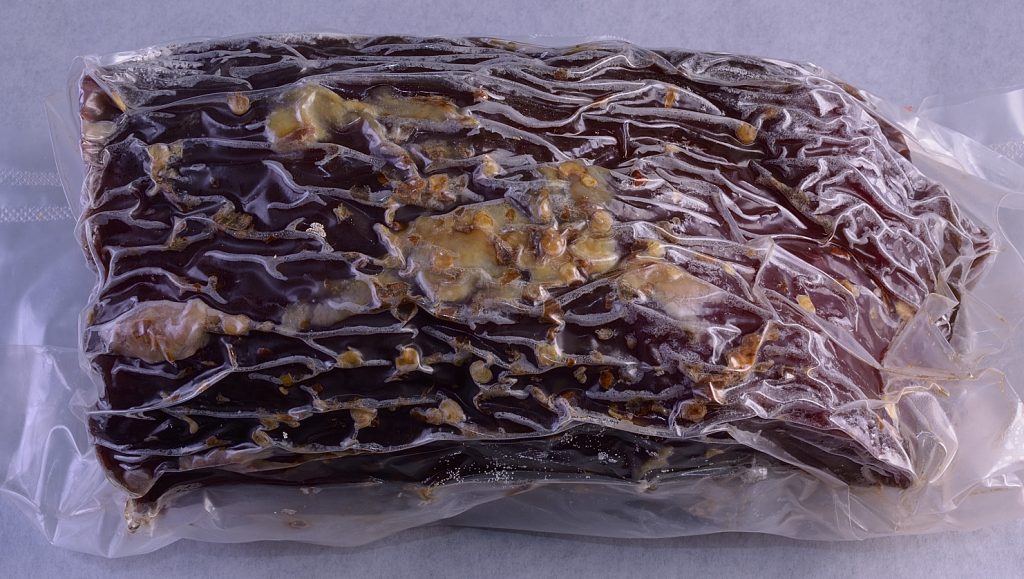
After the seemingly interminable interval elapsed, the weight had been reduced by 35%, which is pretty much what you’re looking for.
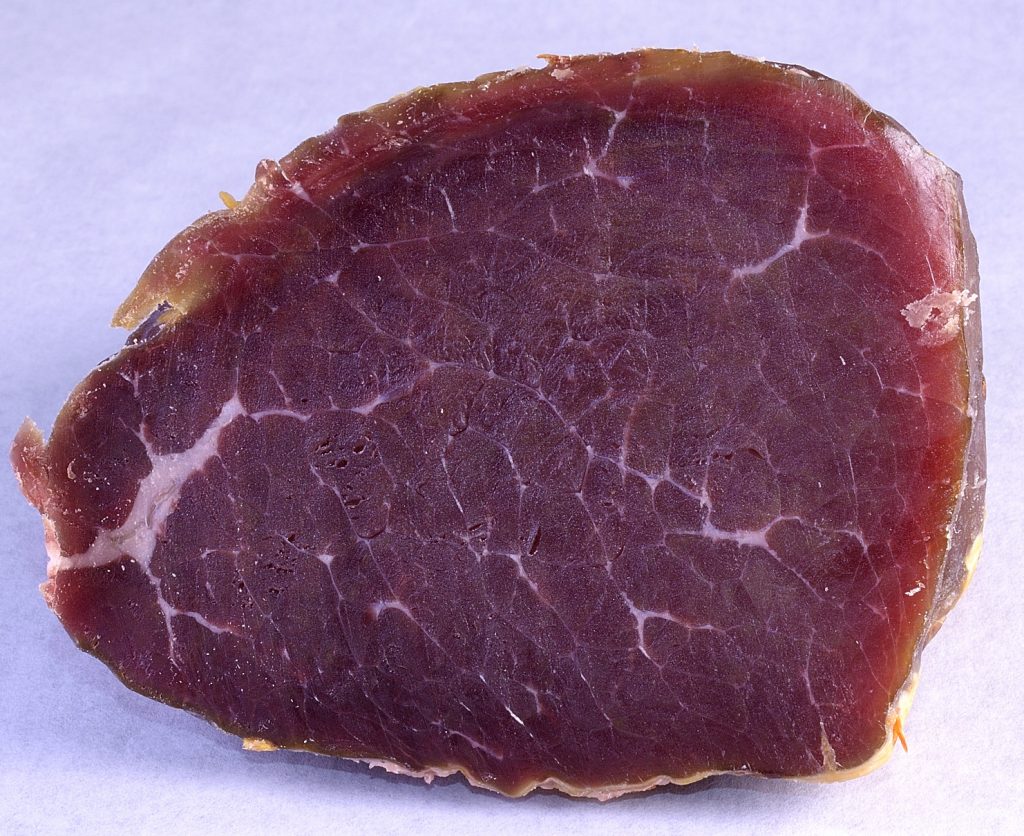
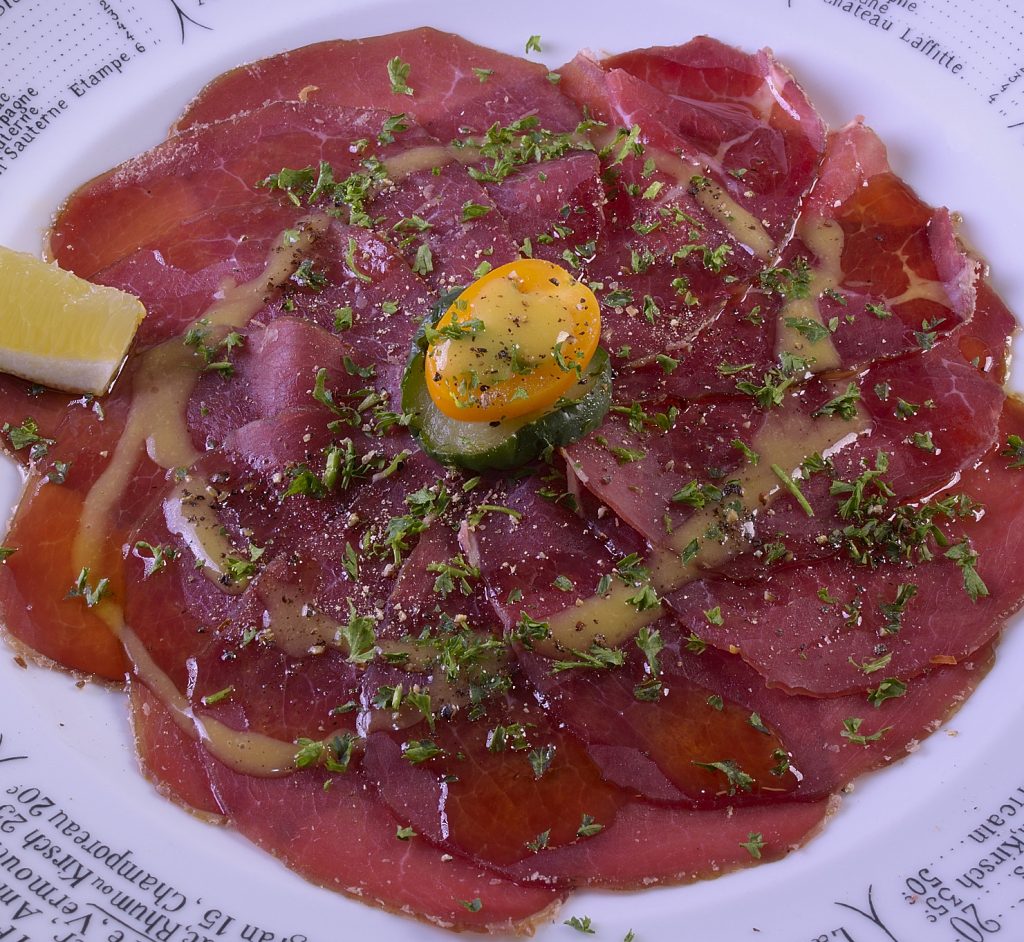
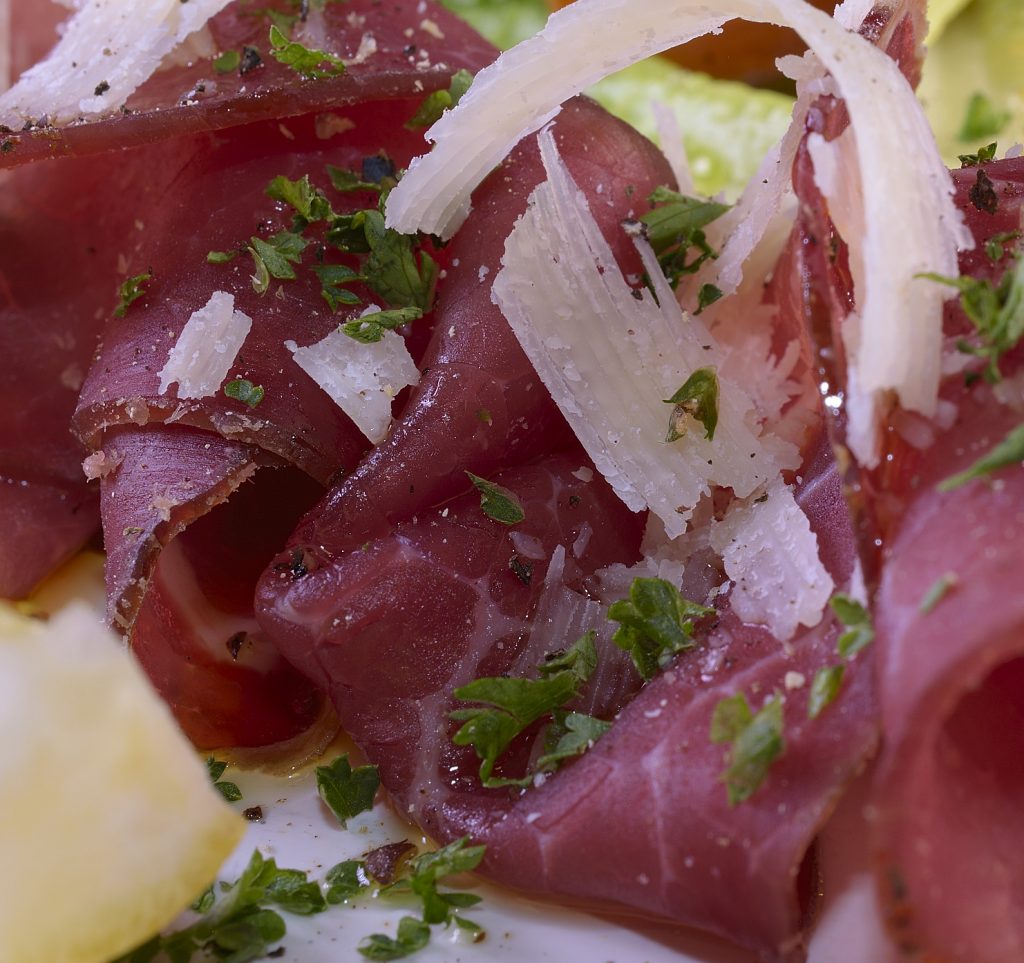
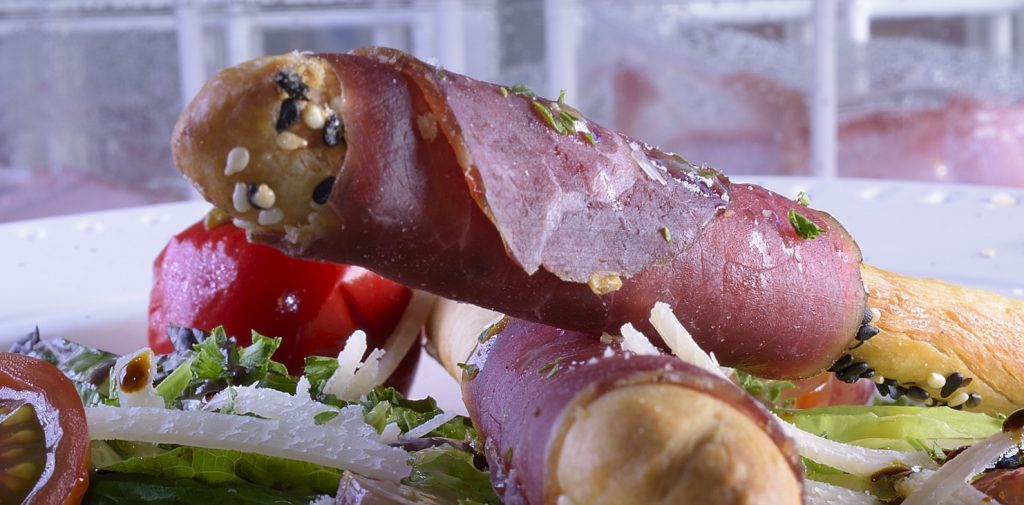
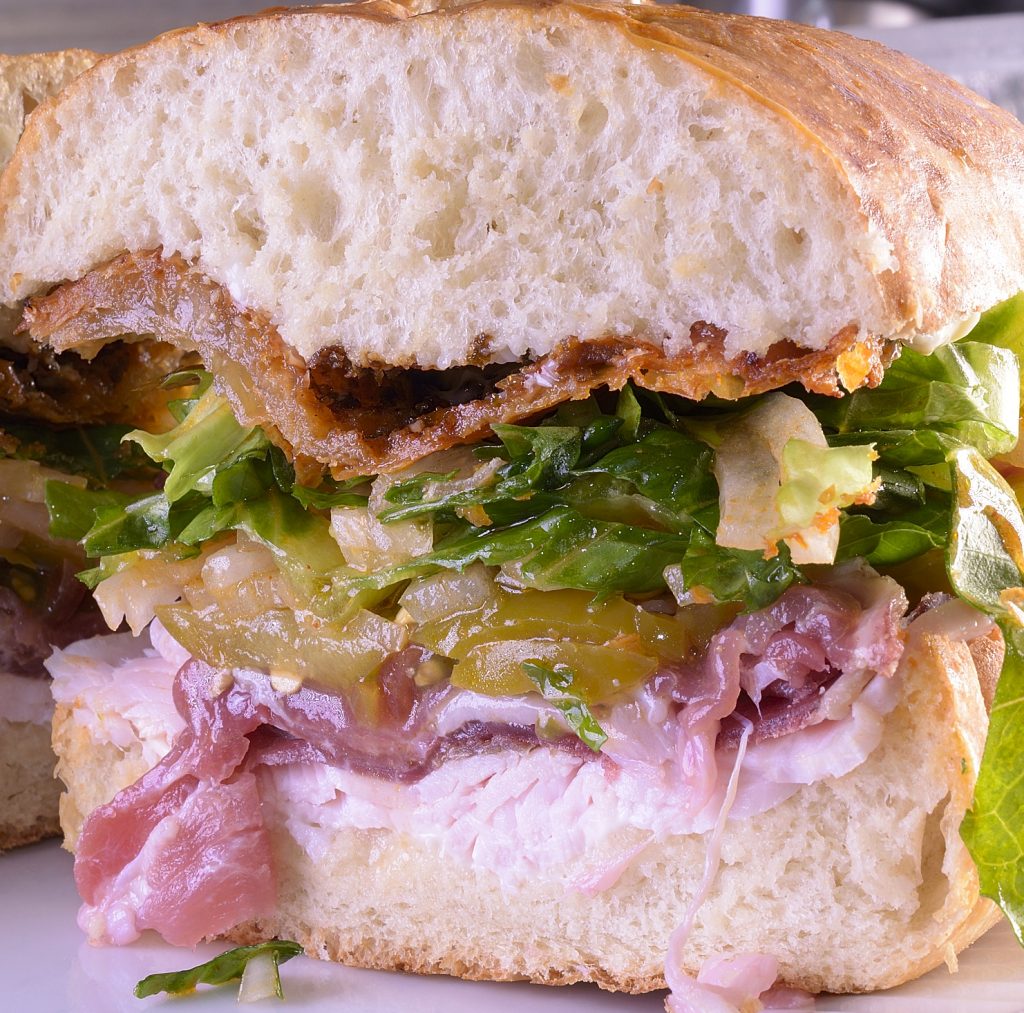
Norm
Be sure to visit us in real time on Facebook at https://www.facebook.com/groups/272128179509149

